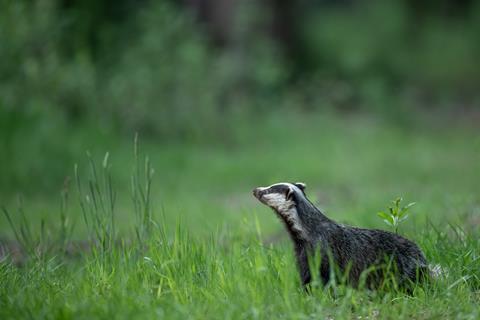An analysis of relevant published studies indicates that cattle face a hypothetically high risk of getting tuberculosis from wildlife - such as deer, foxes, and wild boar - through indirect interactions, with a much lower risk from direct interactions.

In the analysis, which is published in Mammal Review, data from 31 studies using various methods to assess wildlife-cattle interactions around the world revealed that direct interaction rates were low (an average of 0.03 interactions per month per species pair).
In contrast, indirect interaction rates were 154 times higher (an average of 4.63 interactions per month per species pair). Indirect interaction rates increased with wild mammals’ density, which could result in a higher tuberculosis transmission risk for cattle.
TB prevention
The findings indicate that to prevent tuberculosis in cattle, attention should be given to their indirect interactions with wildlife in shared environments. The authors offer several recommendations for future studies.
“We believe that our work will contribute to guide other animal interaction-based studies as well as to support control and biosecurity measures, also applicable to other infectious diseases at shared interfaces,” said co–corresponding author Eduardo M. Ferreira, a PhD student at the University of Évora, in Portugal.







No comments yet